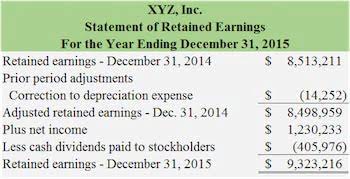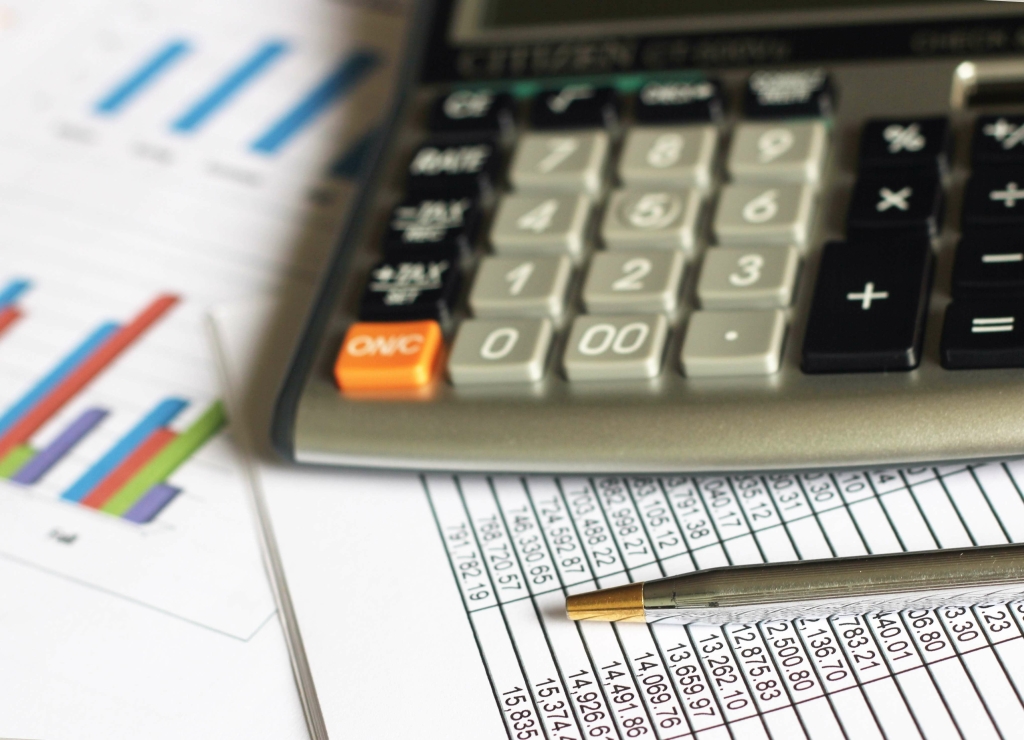
These may later appear in the form of a secondary offering, through converting convertible securities, or issued as part of employee compensation such as stock options. Due to these factors, the actual number of shares outstanding can vary over the course of a reporting period. The weighted average of outstanding shares is a calculation that incorporates any changes in the number of a company’s outstanding shares over a reporting period. The reporting period usually coincides with a company’s quarterly or annual reports. The weighted average is a significant number because companies use it to calculate key financial measures with greater accuracy, such as earnings per share (EPS) for the time period.
Diluted Earnings Per Share Calculation Example (EPS)
It helps in calculating key financial ratios and understanding the company’s ownership distribution. While outstanding shares determine a stock’s liquidity, the share float—shares available for public trading – plays a crucial role. A company with 100 million outstanding shares, but with 95 million held by insiders and institutions, will have a constrained float of only five million shares, impacting its liquidity. Convertible debt is treated on an “as-converted” basis if the company’s stock is trading above the conversion price. In other words, the treasury stock method accounts for the cash that will come in from option and warrant exercise, and assumes that the cash received will offset a portion of the shares issued.

Weighted Average of Outstanding Shares FAQs
- The weighted average shares outstanding figure smooths out this variance, by simply averaging the share count across the reporting period.
- The “% Weight” for each period is 25%, since each time period represents a quarter of the fiscal year.
- An example of this is when employees of the company convert their employee stock options (ESO) into shares.
- Another way for ownership to be projected is by measuring the issued and authorized stocks.
- A publicly-traded company can directly influence how many shares it has outstanding.
- Thus, the situation during the year was equivalent to having 111,000 shares outstanding throughout the year.
At any given point, instruments like warrants and stock options must be accounted for as well. Alternatively, the total number of shares outstanding can be easily calculated as a company’s market capitalization divided by the current share price. In order to calculate a company’s earnings per share (EPS), a company’s net income is divided by its weighted average shares outstanding. How to calculate outstanding shares Of these terms, the two that you need in order to determine the number of outstanding shares are issued shares, and treasury shares. Generally, both of these figures can be found on a company’s balance sheet. The disadvantages of going public include following extra regulations and disclosure requirements.
Why are Outstanding Shares Important?
Authorized shares, meanwhile, are the maximum number of shares a company can issue, based on its corporate charter. If you’re interested in learning about common stock, you may also in learning about the best broker available for your needs, so visit our broker center to discover the possibilities. A weighted average is a calculation used to give more weight to more influential values within a data set, and lower weight to values with less influence. Enter each stock transaction that occurred between the beginning and end dates selected at the top of the calculator — in chronological order.
There are also considerations to a company’s outstanding shares if they’re blue chips. As a real-world example, here is some information from Johnson & Johnson’s 2014 year-end balance sheet. The company has 4.32 billion authorized common shares, of which 3,119,843,000 have been issued as of December 31, 2014. Next, 336,620,000 shares were held in the company’s treasury at that time, so subtracting this from the number of issued shares means that Johnson & Johnson had 2,783,223,000 outstanding shares at the end of 2014.
Create a Free Account and Ask Any Financial Question
However, a stock dividend or split does have the effect of creating a new “type” of common share in the sense that the percentage of ownership per share is altered. Companies that have simple capital structures only need to report basic EPS. Those with complex structures, including potential dilutive securities, must report both basic EPS and diluted EPS. Most notably, short interest usually is measured as a percentage of the float, rather than shares outstanding. This is because short sellers, when choosing to cover, can only buy the shares actually in the float.
- A company may have 100 million shares outstanding, but if 95 million of these shares are held by insiders and institutions, the float of only five million may constrain the stock’s liquidity.
- Treasury stock consists of shares that the company has acquired in a buyback.
- First, the board of directors authorizes the company to issue a certain number of shares.
- Group 1 consists of 200,000 split shares that were effectively outstanding for the entire year.
- Stock splits are usually undertaken to bring the share price of a company within the buying range of retail investors; the increase in the number of outstanding shares also improves liquidity.
- Our writing and editorial staff are a team of experts holding advanced financial designations and have written for most major financial media publications.
The second line from the bottom indicates the number of shares outstanding at the end of each fiscal year, and the bottom line indicates how many new shares were issued by Apple in that year. Total shares outstanding decreased from more than 21 billion in 2016 to less than 17 billion in 2020. The number of outstanding shares can be found on a company’s most recent quarterly or annual filing with the Securities and Exchange Commission (SEC), usually on its balance sheet in the shareholders’ equity section.
To Ensure One Vote Per Person, Please Include the Following Info

Market capitalization is calculated by multiplying the company’s share price by its shares outstanding. The formula for calculating the shares outstanding consists of subtracting the shares repurchased from the total shares issued to date. The Earnings Per Share (EPS) is the ratio between the net profit generated by a company and the total number of common shares outstanding. BofDs typically use the fully diluted or working-model calculation for planning and projecting. On the other hand, while calculating the dilutive EPS, the denominator includes all possible conversions that can take place and increase the number of shares held by parties. Diluted EPS is always less than the basic EPS, as the denominator in the latter is higher.
Basic Shares Outstanding vs. Diluted Shares Outstanding

These are generally only needed for mobile devices that don’t have decimal points in their numeric keypads. So if you are on a desktop, you may find the calculator to be more user-friendly and less cluttered without them. Since this calculator has been tested to work with many setup and entry combinations, I probably won’t be able to find and fix the problem without knowing common shares outstanding formula your set-up and the data you entered into the calculator. Note that my expertise is in creating online calculators, not necessarily in all of the subject areas they cover. While I do research each calculator’s subject prior to creating and upgrading them, because I don’t work in those fields on a regular basis, I eventually forget what I learned during my research.